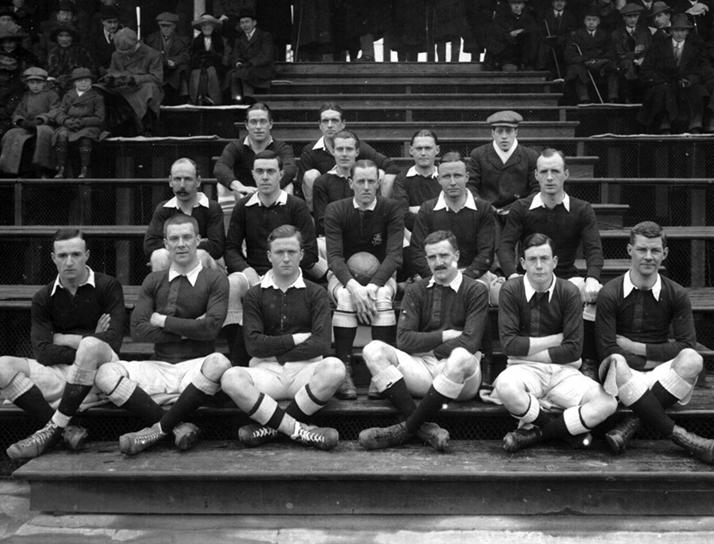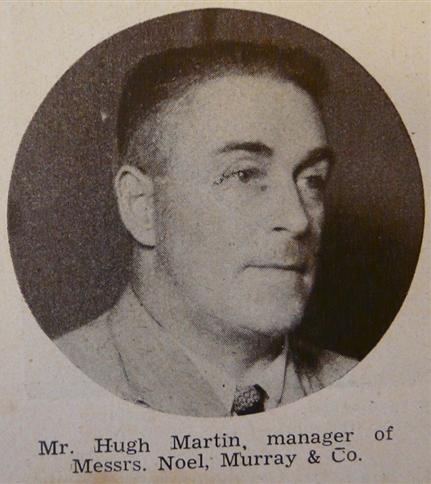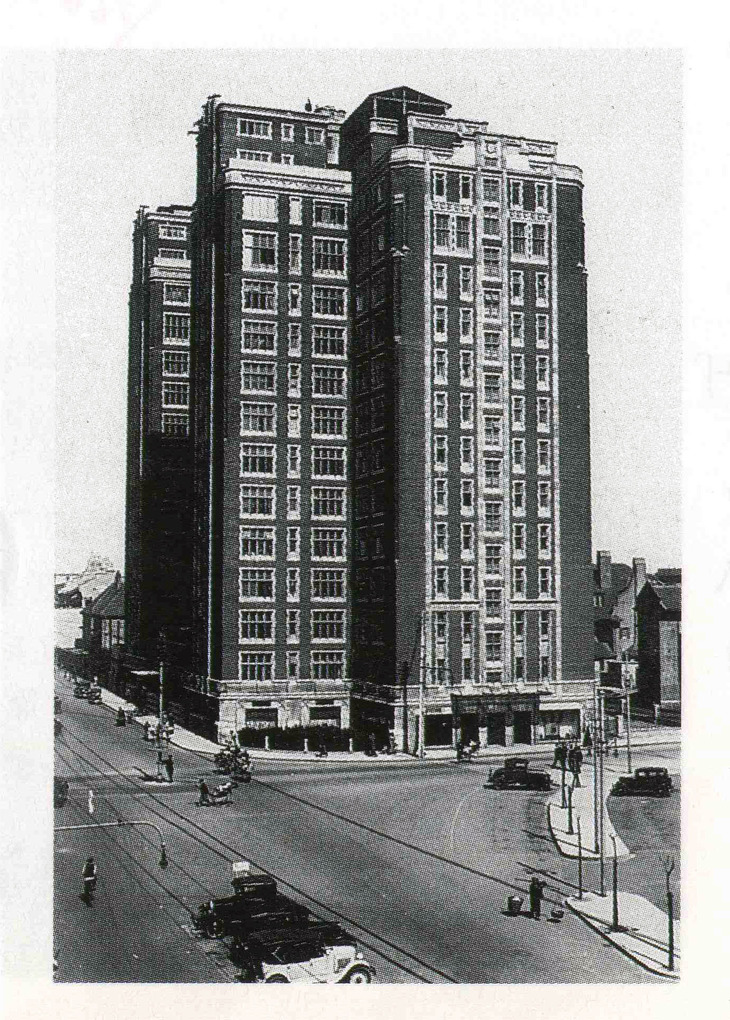In a previous post “Hugh Martin’s grave in Shanghai“, I shared my discovery of the tumb stone of Hugh Martin, in the foreign cemetery of Old Shanghai. This grave stone attracted my attention as my name “Hugues Martin” is very similar. It turned out that the story is more complicated that it seemed at first. Here are a few discoveries that I made, including him surviving Old Shanghai and moving back to the UK.
Like many men of the Empire, Hugh Martin was not actually English, but Scottish. He was born in Edinburgh on 9th April 1888. As it was common with British, he was a sport man, having played for the Scottish rugby team between 1908 and 1909. He must have reached Shanghai in 1910 as he first played rugby in Shanghai team in December of that year. He played many games in Shanghai and other treaty ports, being the team Captain in the 1913-1914 season (Thanks www.treatyportsport.com for those details).

Hugh Martin also took part in World War 1, coming to Europe in September 1914 to fight for England. The story of those European men that left Shanghai for the WW1 front in 1914 is told in Robert Bickers Pinguin book, “Getting stuck in for Shanghai”, although Martin is not namely mentioned in it. Martin was slightly injured on the front in 1915 and so quite a lot of action particularly in Belgium. From the European front, he wrote a letter published in the North China Daily news, where he mentioned meeting one of his Old Shanghai mate, “Quite like old time, except that there were no cocktail floating abut. This is the simple life and I could do with a Race Club cocktail any night“. He finished the same letter by saying: “This is just a line to tell you I often think about old Shanghai days and old Shanghai pals.” He was promoted from Lieutenant to Captain in July 1916. He returned to Shanghai after the war, where he joined back Noel, Murray and Co Ltd (瑞和洋行 in Chinese).
He must have lived in the French Concession after coming back to Shanghai, as on 12 January 1921, he was elected among the three foreign members of the Shanghai French Concession Municipality, “foreign Other people elected included R Fano (GM of the International Saving Society which financed a lot of real estate in Old Shanghai), and Michel Speeman (a prominent Dutch business in Shanghai who was later strongly involved helping Jewish refugees in the late 1930s). He was elected for 2 years only. As mentioned in post “Hugh Martin’s grave in Shanghai“, in 1925 he was living in 89 Peking Road, in the international settlement.
His entry in 1927 Who’s who lists him member as various club including the prestigious Shanghai Club, the Country Club, The Race Club, Le Cercle Sportif Français (the French Club). 1928 was probably the year when is social stature increased even more as he became the manager of Noel, Murray and Co Ltd (瑞和洋行 in Chinese). As mentioned in previous post, in 1931 he was a tenant of fashionable Cathay Mansion, opposite de French Club on Route Cardinal Mercier (today Maoming Nan Lu).
Hugh Martin was definitely a socialite involved in many causes. For example he signed with other people a letter against the return of the International Settlement to the Shanghai Chinese city in June 1930. It must have been a heated question at the time, as on the same year South African judge Richard Feetham was charged to write a report on the same topic, the famous Feetham report. In May 1931, Hugh Martin was reelected managing director of the Shanghai International Greyhounds Ltd, and organized its liquidation after the Shanghai Municipal Council prohibited dog racing in 1930. In February 1937, he became the president of the British and American United Association, which main purpose was to find employment for British and American people in Shanghai.
The most surprising part of all this research was the last sentence of the profile on treatyportsport.com “He died in England on 6th January 1970 aged 81”. I am not sure how and why a grave was made with his name in the Shanghai SongQingLing memorial… but Hugh Martin seems to have escaped Shanghai at the end and gone back home.
More information about Hugh Martin came a few months later. It is exposed in the next post about this character: “More news about Hugh Martin“.


Well, the mystery is even greater now that a doubt has been cast on where he died. Did he die in England or in China? Are we sure these two people the same Hugh Martin?
Very Interesting . Thanks for sharing this. I am living in Shanghai myself (started my interested un historical China since back in 99 when I was in Beijing). Would love to get in touch with you one day to swap stories.
Interesting!
Learning about others with our identical names always seems a little spooky!
Have you seen an image of his grave in the UK?
Maybe there are three Hugh Martin??
I hope you write your book!!
Im looking into John Robertson Livingstone Calder who was also at Noel Murray & Co from Scotland . Im assisting someone tracing their Scottish father ( he was born in ShANGhai in 1943) so anyhing you have found mentioning john would be useful